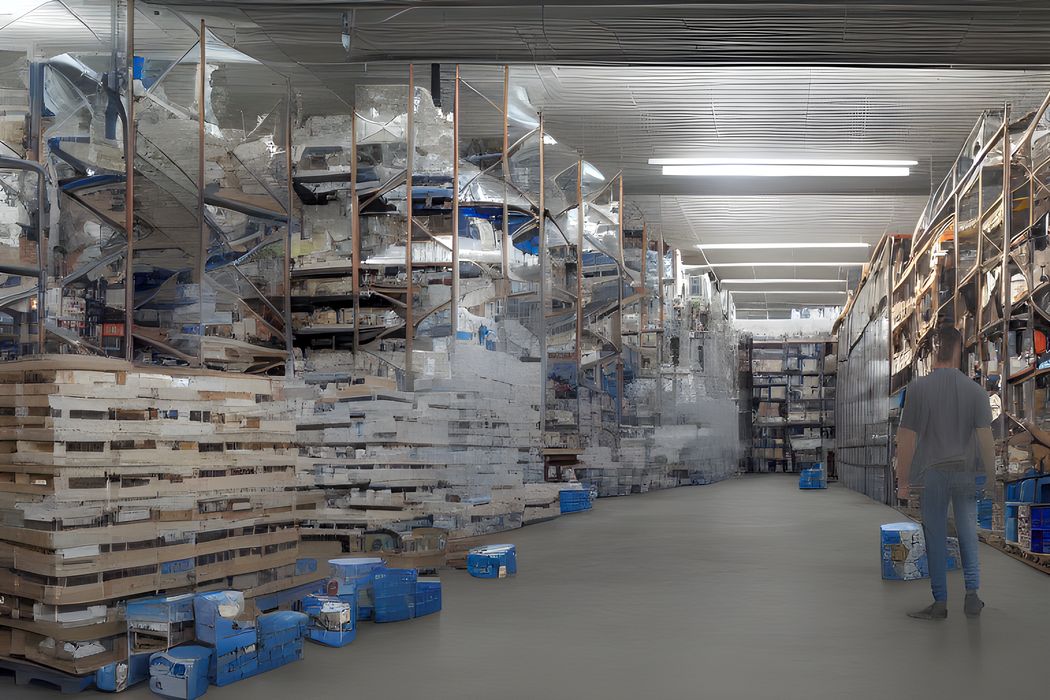
What would be the largest 3D print order in history?
Recently we were asked about the “largest 3D print order”, and we were a bit stumped. First off, we don’t have access to the order books for any company, so we can’t just look it up. No one has such information.
Secondly, some 3D print service providers have reasons to keep this information private — but others may have reasons to make it very public. In other words, the publicly available information about large 3D print orders is incomplete, at best.
After realizing this was an impossible question, I considered it a bit more deeply. What, exactly, would it mean to have the “biggest 3D print order”? It turns out there could be a number of ways to measure such a statistic.
Defining the “Biggest” 3D Print Order
One way would be to simply count the number of parts being produced. That’s relatively easy to compute, if you have access to the order books. But would the be the largest order?
What if you had one order for 100,000 unit 5g parts, and another 100,000 unit order for 75kg parts? Which would be the bigger order?
Here’s another complication: you have two orders for 100,000 parts. One is to be delivered over the course of three years. The other is to be delivered in three months. Which would be the bigger order?
What if the longer duration used a slow 3D print process, while the faster order used a rapid, production scale process? Which is the more impressive order?
What if you had two 100,000 unit orders for parts weighing 10g each. One order is made using recycled PLA, and the other uses expensive copper metal. Which order is more impressive?
Different Ways to Measure
As you can see, making statements about the “biggest” or “largest” in the world of 3D printing is fraught with complications. For orders, you might have to consider unit count, weight, duration, material type, cost, location and a bevy of other possible measurement factors. It’s totally unclear.
Why so unclear? This is simply an extension of the fact there are multiple 3D printing processes, multiple materials and multiple applications. Those seeking parts should choose the right tool for the job, and everything is apples and oranges.
In the end, determining the “largest 3D print order” is a complex and somewhat subjective question. It’s impossible to know for sure without access to proprietary information, and even then, there are multiple ways to measure the size of an order.
My advice is to always consider a “biggest” statement carefully. Consider what was used as the numerical metric for measurement, and realize that’s only one out of many different scales on which something can be judged.

I think the measure would be revenue or cost to purchase. We have several serial production programs that total $100 M in revenue of which 20% is AM. Smile direct receives 10s off thousands of individual orders.
I believe the question should be, is AM at an inflection point where it is transitioning from prototype and JFT to a legitimate serial production tool. From our perspective, absolutely! We have more serial production programs in place now than ever before and all have kicked off in the past 12 months.